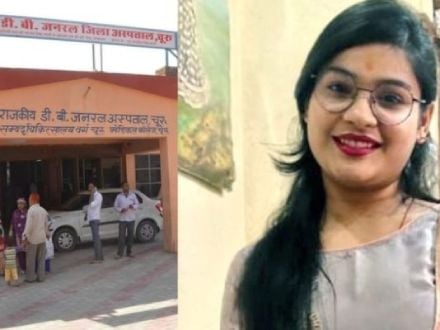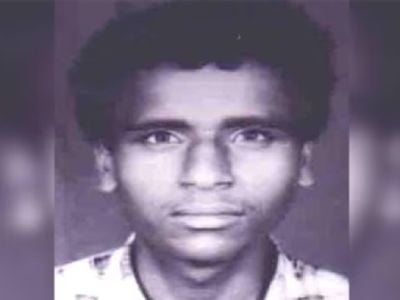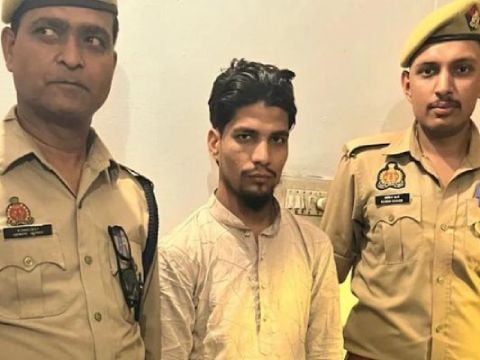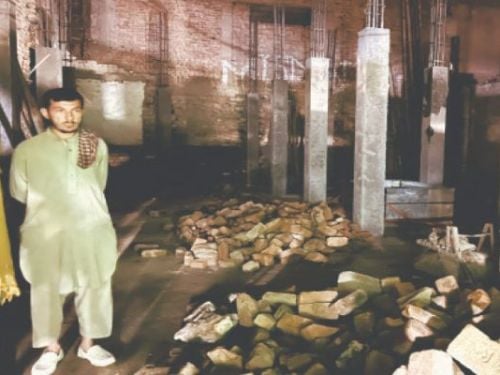
The National Investigation Agency (NIA) on Tuesday (29th August) filed a supplementary charge sheet against two terrorists of an Al Qaeda-linked terrorist group based in Assam. Both terrorists had reportedly conspired to spread terror and violence across the country. Officials said the supplementary charge sheet has been filed against Akbar Ali and Abul Kalam Azad, who were arrested on 5th April.
According to officials, the duo was a part of the Ansarullah Bangla Team (ABT) based in Assam’s Barpeta, which was headed by Saiful Islam, a Bangladeshi national. Saiful was an Arabic teacher at the ‘Sheikhul Hind Mahmudul Hasan Jamiul Huda Islamic Academy’. He used to conduct terrorist activities disguised as an imam in Dhakaliapara mosque.
The agency is on the lookout for the Bangladeshi handlers of the module. Officials said the NIA invoked various sections of the Indian Penal Code (IPC) and the stringent Unlawful Activities (Prevention) Act (UAPA) in its supplementary chargesheet against the two. The central agency had filed the first chargesheet against eight other accused in the group in August last year.
An NIA spokesperson stated that the two accused, Mohammad Akbar Ali alias Akbar Ali and Abul Kalam Azad, had conspired with others to incite and promote terrorist activities as part of an active terror module of the Ansarullah Bangla Team (ABT). They had conspired with terrorists affiliated with the Al-Qaeda.
Both the accused were reportedly involved in strengthening the Al-Qaeda and ABT terror networks, and training the youth for terrorist activities.
The official also said that the two accused had organized several meetings in different districts to carry out the activities on behalf of Al Qaeda. The spokesman said that under the active guidance of Bangladeshi handlers of the module, Zakir alias Mehdi Hasan, Mehboor Rehman alias Mehboob Alam Sultan, Muslims were being mobilized for radicalisation.
Meanwhile, in another breakthrough, the NIA has arrested two absconding accused in a case of ISIS-inspired terror conspiracy by a terrorist outfit named ‘Al Sufa’ which goes back to 2022. The agency had recovered explosive and improvised explosive device (IED) material from Chittorgarh in Rajasthan last year.
Ending almost a year-long search, the Pune police arrested Mohammad Yunus Saki and Imran Khan on 18th July. Both residents of Ratlam were produced before the NIA special court in Jaipur on 28th August.
The central agency said, “NIA expects their arrest to lead the agency into establishing the missing links in the case and unearth the outfit’s linkages to active members and sleeper modules of ISIS in India. Mohammad Yunus Saki and Imran Khan were actively engaged in spreading the ISIS ideology before their arrests from Maharashtra.”
The agency said that the duo was highly trained in IED fabrication and involved in training their co-accused in making such devices at mastermind Imran Khan’s poultry farm. “The said poultry farm was attached by the NIA last month. After they fled to Mumbai and subsequently settled in Pune last year, they organised at least two IED Training and Fabrication Workshops in Pune last year,” officials reportedly said.
Source: OpIndia

 Md Farooq Sheikh from Gujarat poses as an army major to smuggle liquor from Maharashtra
Md Farooq Sheikh from Gujarat poses as an army major to smuggle liquor from Maharashtra Rajasthan: Woman found hanging at a beauty parlour, Arshad, 3 others booked
Rajasthan: Woman found hanging at a beauty parlour, Arshad, 3 others booked Chhattisgarh: Naxal top commander along with 28 other Naxals killed in a joint operation
Chhattisgarh: Naxal top commander along with 28 other Naxals killed in a joint operation Andhra Pradesh: Farooq kills mentally challenged Hindu man for insurance money
Andhra Pradesh: Farooq kills mentally challenged Hindu man for insurance money Maulana Sonu Hafiz arrested for raping a 14-year-old girl in Kanpur
Maulana Sonu Hafiz arrested for raping a 14-year-old girl in Kanpur Pakistan: Ancient Hindu temple in Khyber Pakhtunkhwa demolished for commercial complex
Pakistan: Ancient Hindu temple in Khyber Pakhtunkhwa demolished for commercial complex